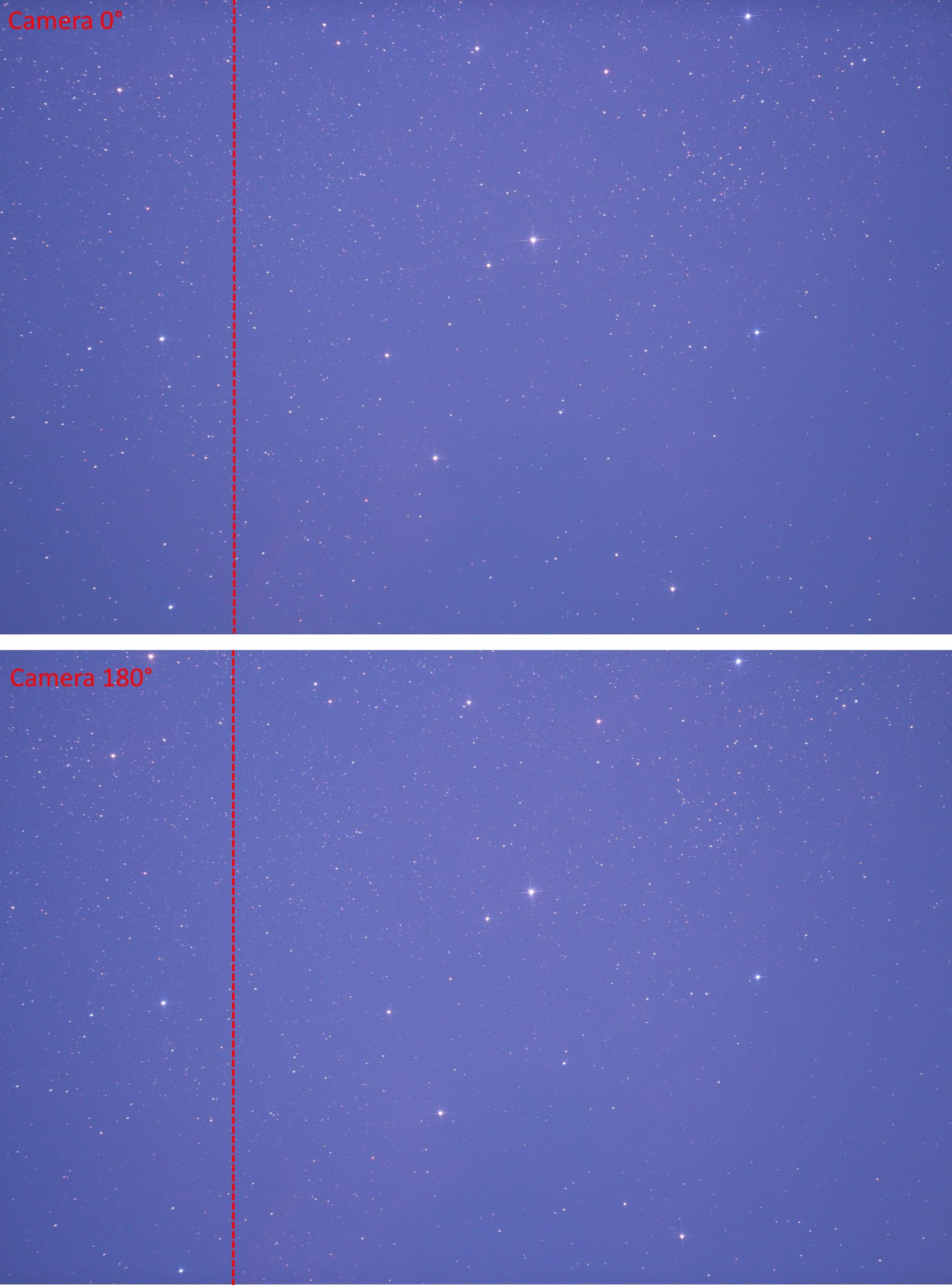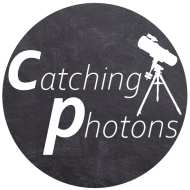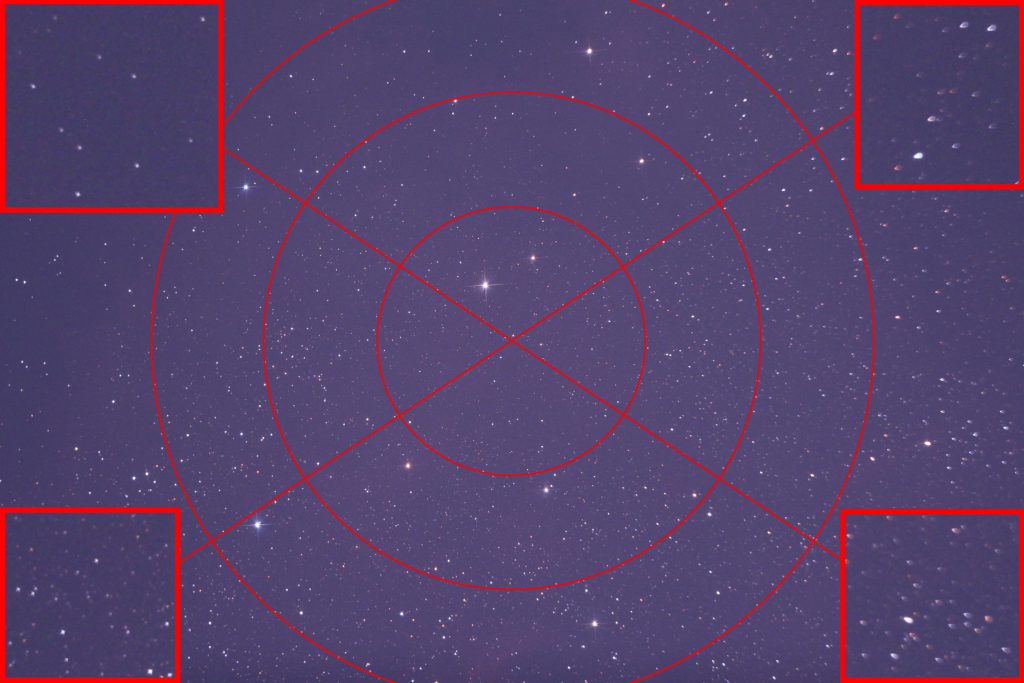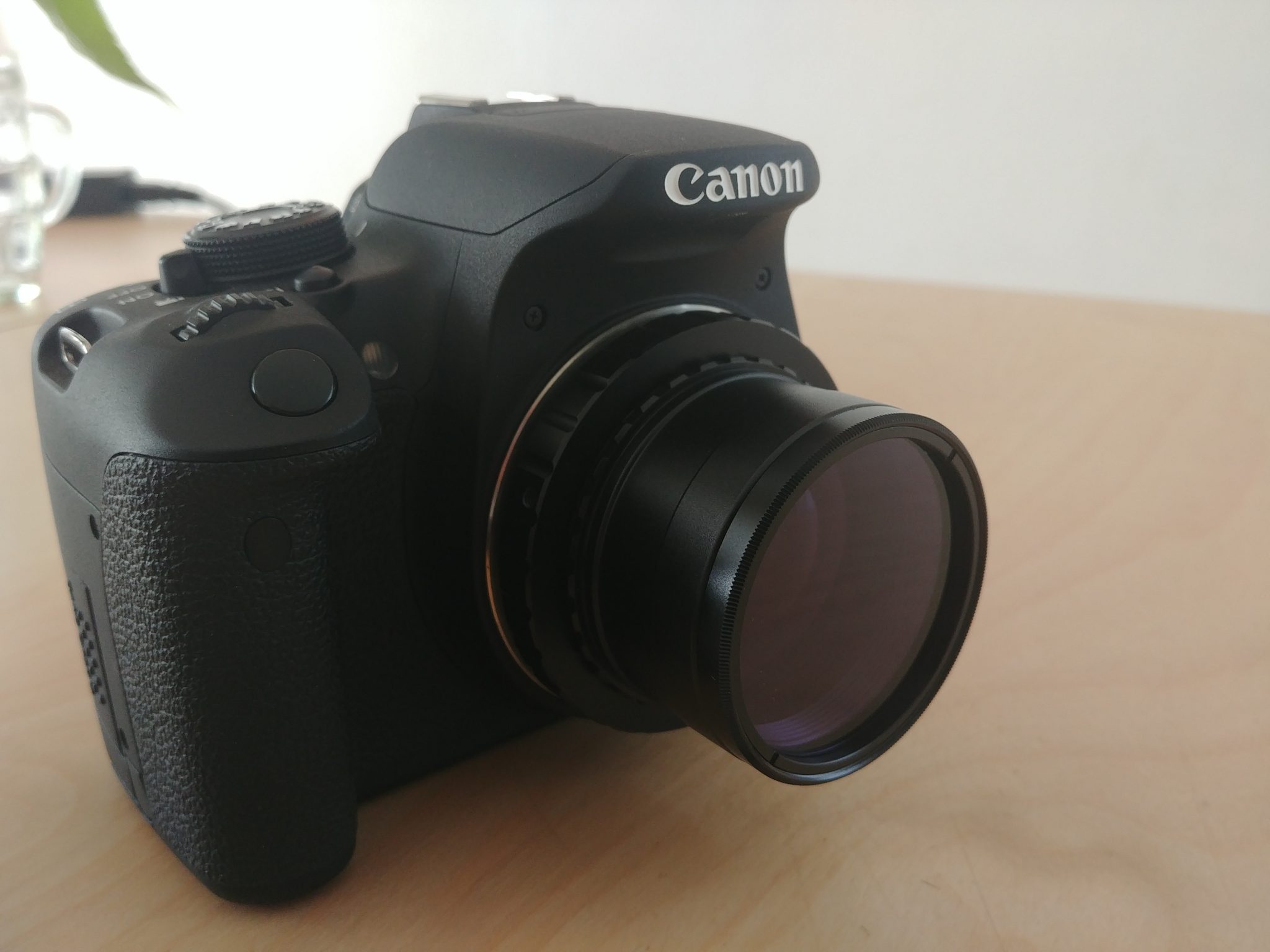26.06.2020
New aspect:
Testing the coma aberration on a Newton Telescope
This time I was testing the errors I encountered during my first light session (M27). I saw the stars in the corners being elongated towards the center of the image.
This elongation was to be expected – it is called „coma“ and is a result of A) imperfections in the mirror and B) a natural effect for parabolic mirrors to focus light in different focal points depending on the distance of the image center. I did a full review of inner light paths inside reflection scopes in this video:
So that is a well known effect.
My problem was the inconstancy of the coma error. One side seemed to be more effected than the other side! My conclusion on this effect was, that there must be some kind of misalignment within the imaging trail. Ether the collimation of the mirrors, or the alignment of the focuser or the attachment of the camera might be off. Worst case for me: a poor alignment of the camera-sensor.
Testing the error
First things first: I needed to add a coma corrector to my telescope. This corrector tries to counteract the misalignment of the focal points within Newton Telescopes. I chose a simple corrector made for DSLRs and my f5 telescopes.
So there are two structural possibilities: Ether an error within the optical trail – or the camera sensor (sensor tilt). I decided to test the error systematically. I took one image with the newly attached coma corrector. Then I took another image but rotated the camera 180° without changing focus or the FOV. This was the result:

Conclusion:
The error shows up on the same „star-side“ on the image. The same stars are elongated – this means that this error is not related to the sensor. If the error was sensor related than the error should rotate together with the sensor – but as the same stars are affected, the error is related to the light path. This includes the collimation of the main and secondary mirror or the attachment of the focusser tube. This is something I have to sort out in the future.
Clear skies!
-Chris


